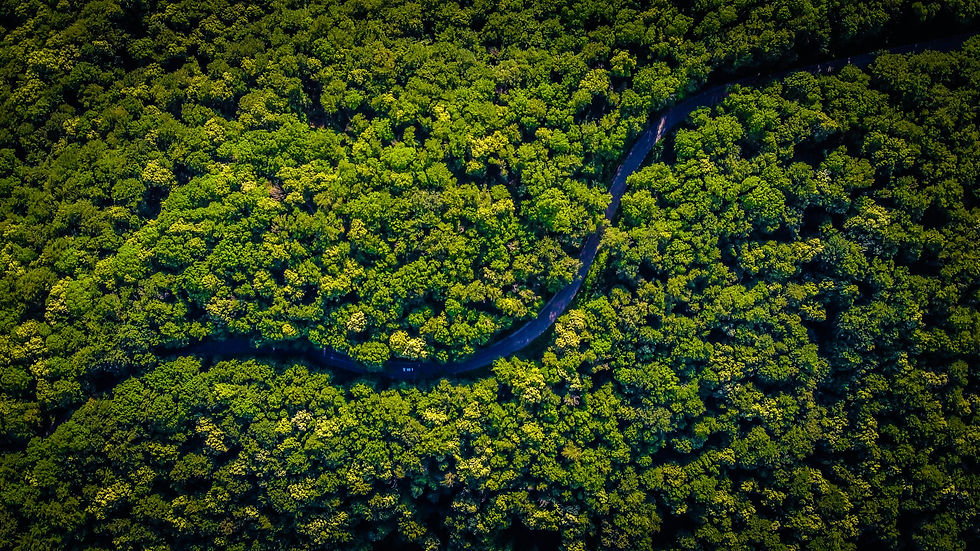Competitiveness is a Moving Target
- The GFCC

- Apr 27, 2017
- 3 min read
Author: Roberto dos Reis Alvarez
Competitiveness is not static. Being competitive today does not guarantee future competitiveness for companies, regions or nations. In fact, history has shown us that organizations and nations go up and down. Competitiveness is a never-ending race.
Competitiveness became a discipline in the beginning of the 90’s. Since then, many changes happened in the globe.
The internet as we know it today came to existence just in 1993, when the first browser was launched — as we know, global connectivity and digitalization grew exponentially and transformed business, society, behaviors and even political systems. Climate change was not a major issue a few decades ago, but today is a central issue in policy and business agendas. In 1990, the global population was around 5.3 billion inhabitants and we are now crossing the 7.5 billion mark. Technology was surely important, but had not reached the pace of change it has now and became an absolute driver for global transformation.

What is happening with competitiveness agendas in face of such transformations? How have competitiveness agendas and strategies changed over time? The GFCC surveyed its members in 2016 having these two questions in mind and we got some really interesting insights.
There are three generations of competitiveness agendas around the globe. The 1st generation is mostly about foreign trade and the business environment. The 2nd is centered on innovation. The 3rd includes a variety of emerging issues, such as sustainability, gender and exponential/disruptive technologies.
Different competitiveness councils, chambers and agencies across the globe have agendas that are more closely associated to one of the three archetypical generations here depicted. The type of agenda endeavored by each organization is normally associated to the level of development of national economies.
All things come together in practice and the issues that countries need to deal with to build competitiveness are not strictly sequential, even if priorities may change along the way. In order to be competitive, nations need to simultaneously pay attention to the business environment, promote innovation and address a variety of new things related to future growth. It makes sense to focus on different aspects in different moments, but competitiveness agendas should not be limited to a single issue.
Good examples of how different dimensions can be addressed together in competitiveness strategies are included in two recent posts onthis blog. Rogerio Studart makes the case for investments in sustainable infrastructures in Brazil and highlights the need of institutional innovation to unleash private capital participation in infrastructure projects. Joan MacNaughton explains why innovation is key for sustainability and also how investments in renewable energy sources can drive future growth.
It is good news that competitiveness organizations around the globe are capturing global transformations, enlarging their agendas and increasingly connecting different issues in their agendas. But as new topics are included, they resonate to new stakeholders, require expertise in new areas and become more complex and hard to manage. As competitiveness is a moving target, it becomes also important for competitiveness organizations to develop and deploy new governance solutions, management capabilities and pools of expertise.
A recognized expert in international development and innovation, Roberto dos Reis Alvarez is the Executive Director of the Global Federation of Competitiveness Councils (GFCC) as well as a research scholar at Arizona State University (ASU). Mr. Alvarez is the co-creator of the GFFC’s Competitiveness Decoder™ (decoder.thegfcc.org), a first-of-its-kind, data-based tool to visualize the key drivers of national competitiveness.







Comments